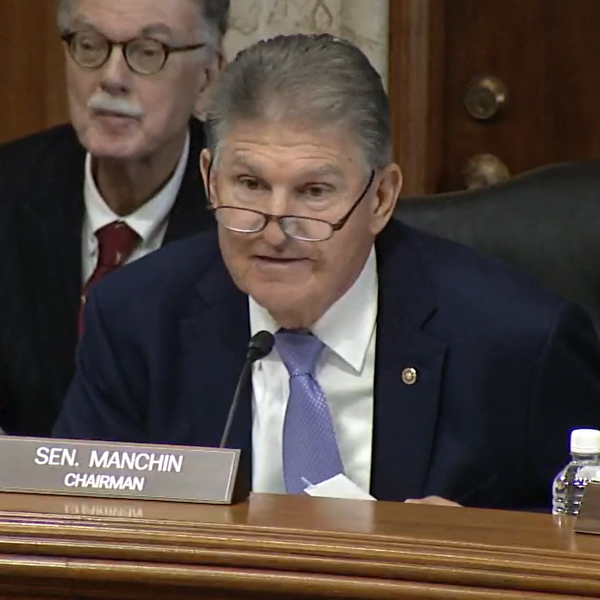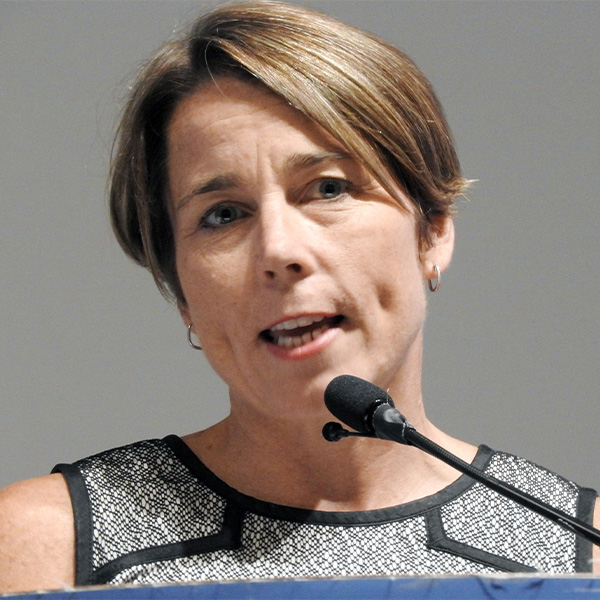President Biden entered the White House in 2021 with audacious goals for the U.S. transition to clean energy: first, to decarbonize the nation’s electric power system by 2035 and to cut greenhouse gas emissions to net zero economywide by 2050.
Biden remained firmly committed to these targets in 2022, even in the face of record-breaking inflation and calls for increased fossil fuel production and exports in response to Russia’s invasion of Ukraine. His moratorium on tariffs on solar cells and panels from Cambodia, Malaysia, Thailand and Vietnam was a clear boost to the solar industry.
He also used his executive powers to push the federal government to lead by example, for example, with this year’s agreement with Entergy that could provide 24/7 clean power for federal buildings in Arkansas and the release in December of federal building energy performance standards.
The impact of legislation passed by the outgoing Democrat-controlled Congress will be seen over the course of 2023, as the Biden administration ramps up implementation of the Infrastructure Investment and Jobs Act and Inflation Reduction Act. But the two people who have had the broadest and deepest impacts on federal energy policy in 2022 were undoubtedly Energy Secretary Jennifer Granholm and Sen. Joe Manchin (D-W.Va.).
Granholm and DOE
Government and business leaders from around the world flying into Pittsburgh International Airport for September’s Global Clean Energy Action Forum were greeted with a public service announcement by Granholm talking about the airport’s natural gas and solar microgrid, and the need for strong, urgent climate action.
The peripatetic former governor of Michigan has turned the Department of Energy into the vanguard of the U.S. clean energy transition, with a mission to “deploy, deploy, deploy” new and innovative zero-carbon technologies. Granholm is as ebullient about green hydrogen and carbon capture as she is about solar, storage and electric vehicles, and she has staffed up her department with an expanding team of corporate and academic energy leaders.
A few of 2022’s appointees included University of Illinois professor Kathryn Huff to head the Office of Nuclear Energy, former NRG CEO David Crane to direct the new Office of Clean Energy Demonstrations, and utility executive Gene Rodrigues to lead the Office of Electricity.
The passage of the IIJA and IRA allowed Granholm to reorganize DOE in 2022 from its longtime profile as a basic research organization to a catalyst for taking emerging technologies from the lab to commercialization. As part of that reorientation, two new offices were announced in August: the Office of Grid Deployment, and the Office of State and Community Energy Programs.
Granholm’s moves were frequent, if not a bit frenetic. Any of her many appearances at energy conferences or White House- or DOE-sponsored events have, almost invariably, included one or more new program and funding announcements. In Pittsburgh, they all targeted industrial decarbonization; for example, the opening of applications for the IIJA’s $7 billion funding opportunity for regional hydrogen hubs, and the rollout of a National Clean Hydrogen Roadmap. She also launched a new Industrial Heat Shot initiative, aimed at cutting carbon emissions from the heat processes used in heavy industry — like steel and chemical manufacturing — 85% by 2035. (See Decarbonizing Heavy Industry: Audacious, Ambitious, Achievable.)
Another $4.9 billion, also from the IIJA, was announced during the conference, this time to accelerate the commercialization of carbon capture.
Her final announcement of 2022, on Dec. 28, was a proposal for new energy efficiency standards for three categories of distribution transformers. DOE estimates the proposed standards would cut U.S. carbon emissions by 340 million metric tons over a 30-year period, while saving $15 billion.
The new year will present ongoing challenges for Granholm. She and other administration officials must ensure smooth and timely delivery of the $369 billion in clean energy funding in the IRA under close scrutiny from the Republican-controlled House of Representatives and its Energy and Commerce Committee. Expect to see her at a lot more events with a lot more announcements but also at a lot more oversight hearings on Capitol Hill, being grilled by GOP lawmakers.
One particular focus will be on DOE’s development of a nuclear fuel reserve, originally mandated in the Energy Act of 2020, to ensure an adequate supply of the high-assay, low-enriched uranium (HALEU) needed for the advanced nuclear reactor demonstration projects DOE is funding. Already one of the projects, TerraPower’s Natrium reactor to be located in Wyoming, could be delayed by two years because of a lack of a HALEU supply chain in the U.S.; the fuel can no longer be procured from Russia.
Manchin
Sen. Manchin also had an outsized impact on the U.S. energy transition in 2022. As chair of the Senate Energy and Natural Resources Committee and a must-have vote in the evenly divided Senate, he was a formidable gatekeeper on policy and appointments, at times frustrating and confounding his Democratic colleagues and the White House, and at times returning to the bargaining table for a last-minute compromise.
But Manchin’s ties and ongoing support for the coal industry — the source of his and his family’s wealth and political influence in West Virginia — have meant that finding those critical points of compromise usually comes with a price and tradeoffs.
Manchin killed earlier versions of what became the Inflation Reduction Act, walking away from its original incarnation as the Build Back Better Act in December 2021 and then again, closing down negotiations on a significantly downsized, renamed IRA in July, only to resurface two weeks later with a new, and still slimmer compromise.
 Sen. Joe Manchin (D-W.Va.) | Senate ENR Committee
Sen. Joe Manchin (D-W.Va.) | Senate ENR CommitteeThe tradeoffs made to win Manchin’s support can be seen in various provisions of the law; for example, its price- and income-linked rebates for electric vehicles and its generous tax credits for carbon capture.
EVs with a manufacturer’s suggested retail price of more than $80,000 for a van, SUV or pickup truck, or of $55,000 for other cars, are not eligible for rebates. Consumers earning more than $150,000 — or $225,000 for a single head of household or $300,000 for couples — are also not eligible.
On carbon capture, the IRA upped the basic tax credit for carbon capture and sequestration from $50/ton to $85 and from $50 to $180 for direct air capture and sequestration.
However, Manchin’s biggest power play of 2022 may have been his refusal to schedule a hearing to reconfirm former Chair Richard Glick for a second term, most likely due to Glick’s efforts to include the impact of potential greenhouse gas emissions as part of the commission’s pipeline permitting process. (See FERC’s Work in 2022 Left in Doubt by Manchin.)
The midterm election results, with the Democrats claiming a 51-seat majority in the Senate, looked to make Manchin a less decisive swing vote. But with Sen. Kyrsten Sinema (I-Ariz.) leaving the Democratic party to become an independent, both she and Manchin will continue to be critical votes for any efforts to pass major energy legislation, such as permitting reform.
Manchin’s efforts to push through a year-end permitting reform bill — which included approval of the controversial Mountain Valley natural gas pipeline — met with opposition from both Democrats and Republicans, exposing his vulnerability to critics on both sides of the aisle. A new, perhaps more carefully crafted reform effort can be expected in 2023.
A battle is also brewing over the guidelines from the Treasury Department and Internal Revenue Service on the implementation of the IRA tax credits for electric vehicles. While the incentives were supposed to go into effect Jan. 1, Manchin has already called for a hold on the tax credits because of the department’s failure to provide clear guidelines on requirements for domestic content in batteries and other vehicle components.




